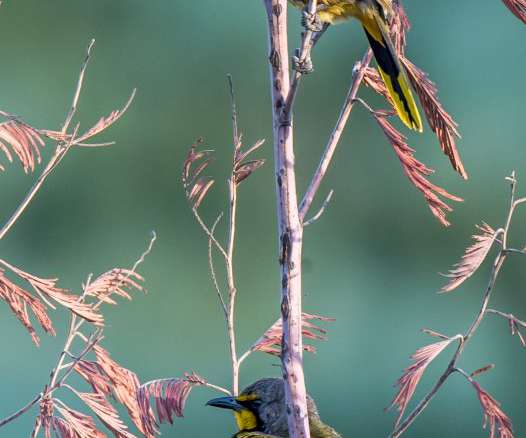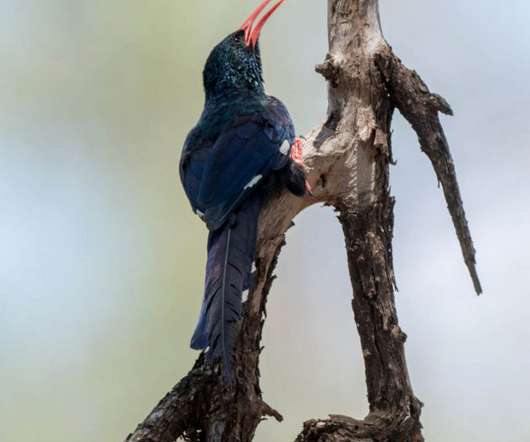A New Year Begins! But First–A Celebration of My 2018 Top Ten Birds
10,000 Birds
JANUARY 1, 2019
Happy New Year, 10,000 Birds readers and writers, listers and photographers, friends and fellow travelers near and far! Writing a post scheduled for January 1st for a birding blog is a big responsibility. On the first of the year, every bird is a new bird! It was a United States lower-48 birding year for me.












Let's personalize your content